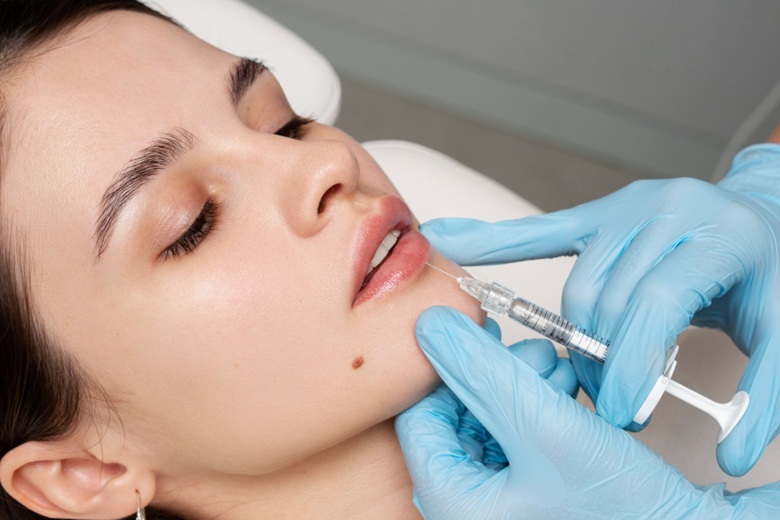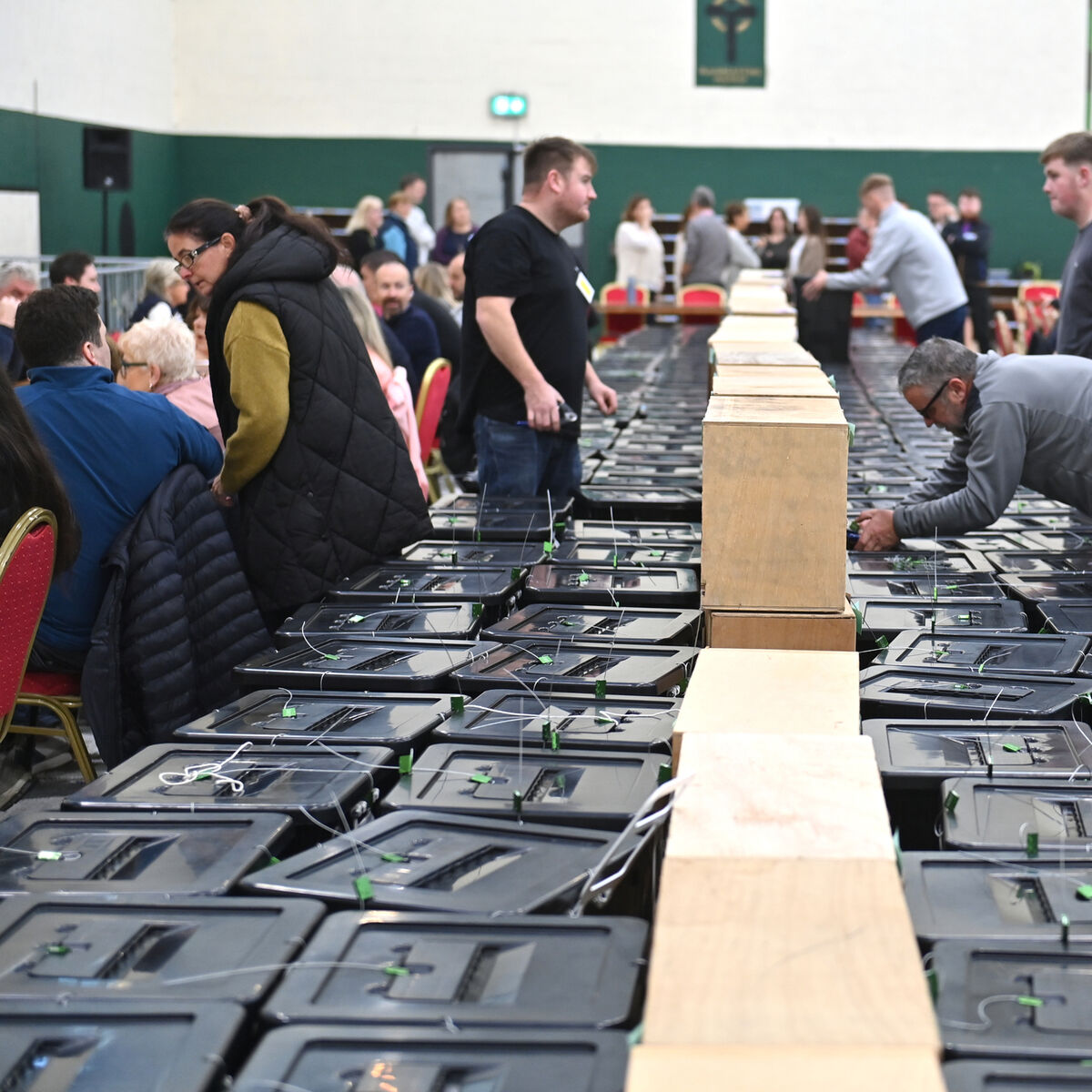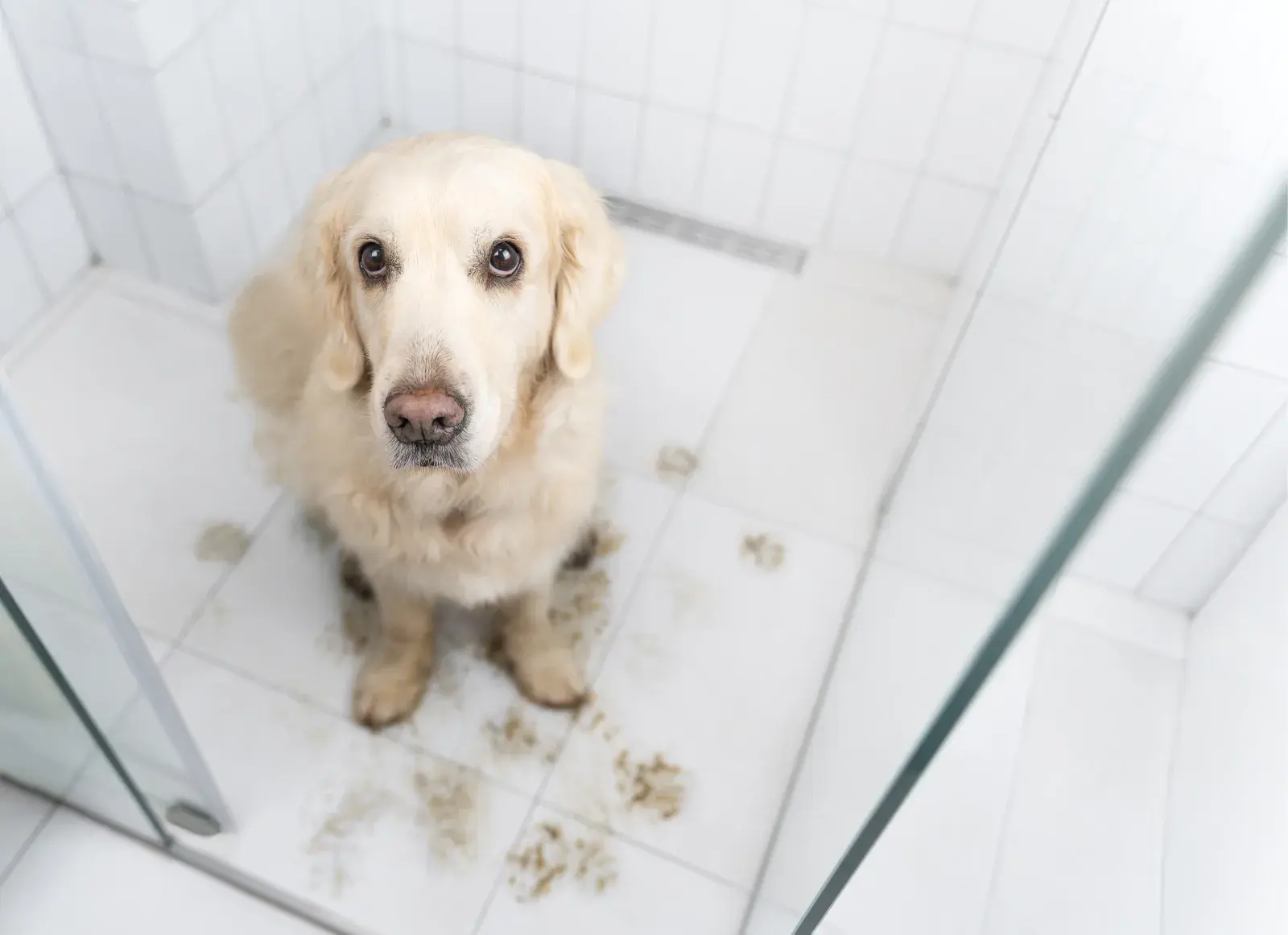Copyright quintdaily

Gravity, time, and repeated facial movements are bound to have an impact on your face. Dermal filler treatments reverse the loss of volume, enhance the shapes of features, and reduce the depth of wrinkles as a result of the implantations of hyaluronic acid or other biocompatible materials. Those who want to brighten their looks can find the treatment with dermal fillers treatment Singapore providing working plans that are compatible with the patient’s facial features and aesthetic target. Besides, the different regions of the face vary in their reactions to filler treatments owing to their anatomy, movements, and the degree of aging. Deciding what injection sites to use, which types of fillers and what techniques go a long way into determining both the extent of immediate results and for how long those results will be. Nowadays, the focus in dermal filler treatments has shifted from patching up isolated problems only to achieving facial harmony. The face—upper, middle, and lower—has three parts, each giving the acupuncturist different potentials for beautification. Cheeks and Midface Volume The cheek area loses a lot of volume with age, giving a sunken look that impacts the overall facial shape. Fat loss happens beneath the cheekbones, while surface fat moves downward, leading to hollows and shadows. Injecting fillers into the deep cheek areas restores the youthful curve known as convexity. Placing filler along the cheekbone and in the space below the cheekbone supports the surrounding tissues. High G-prime fillers that lift are best for these areas, with the amount used determined by each person’s facial structure and clinical assessment. The peak of the cheek benefits from smaller amounts of filler to create natural highlights. Treating the midface can lift the nasolabial folds without directly filling them. This shows how replacing volume in one area can positively affect nearby areas. Results in the cheeks usually last 12 to 18 months since these areas don’t move much. The “apple” of the cheek responds well to softer fillers that blend smoothly with facial expressions. Careful techniques are needed here to avoid a look that seems overdone or unnatural when smiling. Under-Eye Hollows Tear trough deformities create shadows that make a person look tired, and makeup often fails to hide this. The skin under the eyes is thin, it is close to blood vessels, and it can retain fluid. Proper treatment requires knowing how volume loss relates to looseness in the ligaments. Small particle hyaluronic acid fillers with low water absorption can help reduce swelling in this sensitive area. Injection typically happens deep to the muscle around the eyes. The cannula technique can lower the risk of bruising compared to using a needle, although some doctors prefer needles. Choosing the right patients for under-eye treatments is key. Mild to moderate hollowness might respond well, but severe cases with significant skin sagging could need surgery. If there are bags or festoons under the eyes, adding filler might make those problems worse. Lips and Perioral Region Lip enhancement goes beyond adding volume. It includes defining the lip borders, correcting symmetry, and rejuvenating the area around the mouth. The vermillion border loses its shape with age, while vertical lines develop from repetitive muscle movements and breakdown of collagen. Filling can address both issues at once. A ratio of 1:1.6 for the upper and lower lips helps plan proportions, but individual features and preferences guide final volumes. Treatment usually uses 0.5 to 1.5 ml in total, spread over several injection points. The vermillion border gets linear threading to restore the white roll, while the body of the lip receives small amounts of filler at different spots. The columns above the lip often need reinforcement to restore natural contours. These vertical ridges shape the cupid’s bow and add to the lip’s appearance. Filling here gives definition without adding too much volume. The corners of the mouth often droop with age due to volume loss and action of the muscle that pulls the mouth down. Small amounts of filler placed on the sides of the corners can lift them without looking fake. This treatment is often combined with neurotoxin injections in the depressor anguli oris muscle for better results. Nasolabial Folds and Marionette Lines One of the reasons that nasolabial folds deepen is that midface suffering, volume loss and the same facial expressions have been made in the past. It will be possible to get the desired result by a direct filling of these folds to an extent, but by a better midface volume one can expect more natural and longer-lasting effects. The injection location depends on the filler depth and the direction of the folds i.e. whether they are more pronounced towards the center or the sides. Fillers with medium to high viscosity are suited for the nasolabial folds because this area moves a lot. Injection occurs in several tissue layers: deeper placement provides structure, while superficial injections soften visible lines. Generally, patients receive 0.5 to 1 ml per side injection for visible enhancement. Marionette lines are those wrinkles that go from mouth corners to the lower jaw area. They make the face look sad. These creases occur because of the loss of fat in the pre-jowl sulcus and the release of the ligaments. Both attaching the folds with filler and giving support to the deeper layer constitutes the treatment. Special attention should be given to the point where nasolabial folds and marionette lines come together so that heaviness and distortion can be avoided. Cross-hatching or fanning styles facilitate product to be spread evenly and thus, to keep the natural movement of the area. Jawline and Chin Jawline definition can fade due to bone loss, soft tissue sagging, and fat buildup. Placing filler along the jawline helps create sharper contours and reduces the look of jowls. High G-prime fillers provide the necessary support for defining these areas. The pre-jowl sulcus gets deeper with age, emphasizing sagging. Filling this area makes the jawline look straighter from the chin to the angle. A qualified doctor should determine the right treatment approach and volume. Chin enhancement with fillers addresses both how far the chin projects and its width. The crease on the chin may need separate treatment to avoid a pointed look. Injection techniques depend on the shape of the chin; pointed chins do better with lateral placement, while weaker chins might need emphasis on forward projection. How the chin relates to the jawline affects the overall appearance of the lower face. Treating both areas at the same time often leads to better results than fixing them separately. Temples and Forehead Temple hollowness results from fat loss and bone resorption, giving the upper face a bony look. Filling in the temples can restore fullness and support the brow. Care must be taken around the temporal artery and nerves during injection. Deep placement close to the temporal bone using a cannula reduces the risk of vascular issues. Treatment typically requires 0.5 to 1.5 ml per side. Significant hollowness may need larger volumes. Results in the temples often last longer than in other areas because there is little muscle movement. Loss of volume in the forehead can create more visible bone contours and an overall concave appearance. Filling can smooth these contours and even provide a slight lift to the brow. The middle of the forehead, outer brow, and the area between the eyebrows each need different techniques due to their specific shapes. What Our Aesthetic Doctor Says Assessing the face involves looking at both static features and how it moves. Patients often ask for treatment for specific lines or wrinkles, but targeting underlying volume loss usually leads to better improvement. Treating areas in the right order—starting with support in the midface and temples before addressing surface lines—produces the best results. Choosing the right filler depends on the characteristics of the tissue, how deep the injection goes, and desired duration. Softer fillers suit mobile areas like the lips and under-eyes, while firmer fillers offer support for cheeks and the jawline. Knowing the properties of each filler helps in selecting the right product for different facial areas. Each person’s anatomy varies greatly, especially regarding blood vessels. Taking precautions during injection—like aspirating, injecting slowly, and keeping a clear view—reduces the chances of complications. Having hyaluronidase on hand is a standard practice for all treatments involving hyaluronic acid fillers. Conclusion By placing fillers strategically across different facial areas, it’s possible to achieve a balanced restoration of volume. Understanding the unique needs of each zone helps ensure natural-looking results that enhance your features. A professional assessment is crucial for determining the best treatment areas and the right products. If you’re dealing with volume loss in areas like the cheeks, temples, or under the eyes, or seeing deeper nasolabial folds and marionette lines, MOH-accredited aesthetic doctors can offer thorough facial evaluations and personalized treatment plans for dermal fillers in Singapore.



